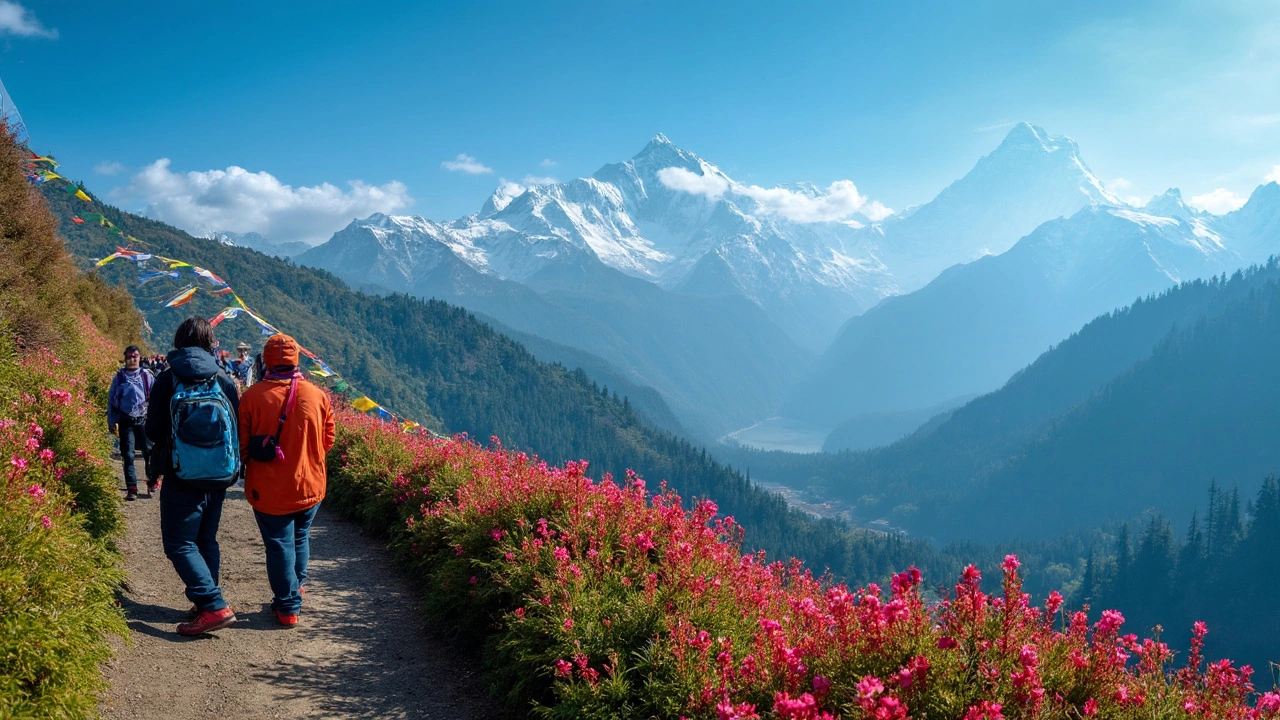SEARCH
Welcome to India’s Hiking Capital – Your Quick Start Guide
If you love walking up hills, breathing fresh air, and snapping sunrise photos, you’ve landed in the right spot. India’s hiking capital isn’t a single city; it’s a collection of routes that give you altitude, scenery, and that rewarding feeling of reaching the top. Below you’ll find the most popular trails, what to wear, and a few gear hacks that keep you comfortable without breaking the bank.
Top Trails Worth the Effort
First up, the trails. In the north, Triund near Dharamshala offers a gentle climb and spectacular Himalayan views; a two‑day trek is perfect for beginners. Rishikesh’s Kunjapuri gives you sunrise over the Ganges in under three hours, ideal for a weekend escape. Heading south, the Chembra Peak trek in Kerala combines misty clouds with tea‑garden valleys – a real treat for those who want a mix of nature and culture. If you crave rugged terrain, the Araku Valley trek in Andhra Pradesh winds through waterfalls and tribal villages, delivering both adventure and a cultural splash.
All these spots rank high on the “best hiking destinations” list because they’re accessible, safe, and packed with photo‑ops. Pick any based on how much time you have, your fitness level, and whether you prefer mountains or hills.
Layer Up the Right Way
Now, let’s talk clothing. The three‑layer rule is the gold standard: a moisture‑wicking base, an insulating middle, and a weather‑proof shell. Your base layer could be a simple polyester tee; it keeps sweat away from your skin. For the middle, a fleece jacket works great in cooler mornings and evenings. The shell should be wind‑ and rain‑proof – think a lightweight nylon jacket with a good hood.
Why three layers? Weather in the hills changes fast. One minute you’re basking in sunshine, the next you’re caught in a drizzle. With the three‑layer system you can add or remove pieces without overheating or getting soaked. It’s also cheaper than buying a single high‑tech jacket that tries to do everything.
Don’t forget the small stuff: a hat for sun, gloves for chilly peaks, and sturdy, broken‑in trekking shoes. A sturdy pair of shoes with good grip prevents slips on wet rock and saves you from blisters.
Finally, pack a small daypack (10‑15 L) with water, snacks, a basic first‑aid kit, and a power bank. Hydration is key – aim for at least two liters a day, more if you’re trekking in hot weather.
With the right trail and gear, India’s hiking capital becomes an open playground. Whether you’re chasing sunrise on Kunjapuri or conquering Chembra’s summit, the experience is the same: fresh air, a sense of achievement, and stories you’ll share for years. So lace up, layer up, and hit the trail – the hills are waiting.

The Hiking Capital of India: Discover Darjeeling's Trails
India's diverse landscape offers countless trekking opportunities, but Darjeeling stands out as the true hiking capital. Known for its stunning views of the Himalayas, this region offers trails for both beginners and seasoned trekkers. Explore the Singalila Ridge, a path that promises breathtaking vistas and vibrant local culture. Whether you're seeking solitude or an adrenaline rush, Darjeeling's trails provide a memorable experience.
Continue reading